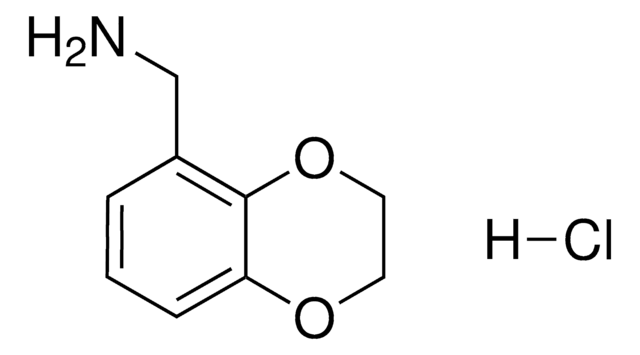11074
Disperse Red 1
analytical standard
Sinónimos:
N-Ethyl-N-(2-hydroxyethyl)-4-(4-nitrophenylazo)aniline
About This Item
Productos recomendados
grado
analytical standard
Nivel de calidad
Análisis
≥96.0% (HPLC)
caducidad
limited shelf life, expiry date on the label
técnicas
HPLC: suitable
gas chromatography (GC): suitable
mp
160-162 °C (lit.)
aplicaciones
cleaning products
cosmetics
environmental
food and beverages
personal care
formato
neat
cadena SMILES
CCN(CCO)c1ccc(cc1)\N=N\c2ccc(cc2)[N+]([O-])=O
InChI
1S/C16H18N4O3/c1-2-19(11-12-21)15-7-3-13(4-8-15)17-18-14-5-9-16(10-6-14)20(22)23/h3-10,21H,2,11-12H2,1H3/b18-17+
Clave InChI
FOQABOMYTOFLPZ-ISLYRVAYSA-N
¿Está buscando productos similares? Visita Guía de comparación de productos
Descripción general
Aplicación
Características y beneficios
Productos recomendados
Palabra de señalización
Warning
Frases de peligro
Consejos de prudencia
Clasificaciones de peligro
Skin Sens. 1
Código de clase de almacenamiento
13 - Non Combustible Solids
Clase de riesgo para el agua (WGK)
WGK 3
Punto de inflamabilidad (°F)
Not applicable
Punto de inflamabilidad (°C)
Not applicable
Equipo de protección personal
dust mask type N95 (US), Eyeshields, Faceshields, Gloves
Choose from one of the most recent versions:
¿Ya tiene este producto?
Encuentre la documentación para los productos que ha comprado recientemente en la Biblioteca de documentos.
Los clientes también vieron
Nuestro equipo de científicos tiene experiencia en todas las áreas de investigación: Ciencias de la vida, Ciencia de los materiales, Síntesis química, Cromatografía, Analítica y muchas otras.
Póngase en contacto con el Servicio técnico











